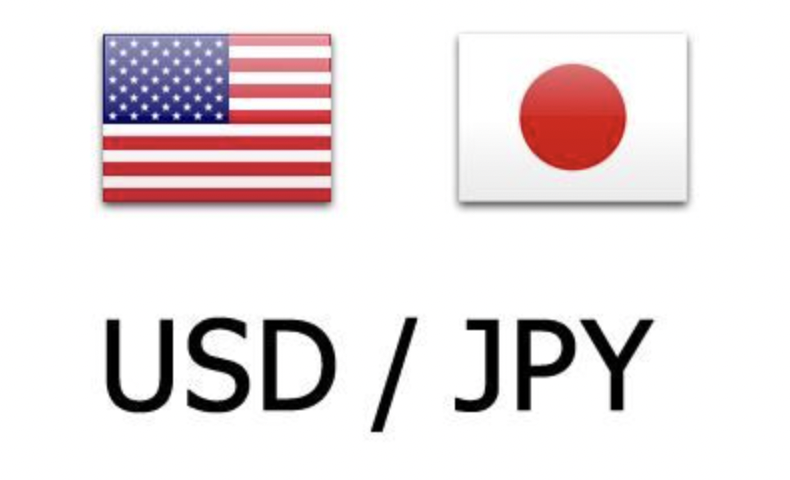
Alina Haynes
Apr 18, 2023 13:54

The EUR/USD pair fluctuates erratically in a narrow range near 1.0926 during the Asian session. Following in the footsteps of the directionless US Dollar Index (DXY), the main currency pair is unable to establish a trend.
In Asia, S&P500 futures are declining slightly as investors fret over the upcoming quarterly earnings season, indicating a minor decrease in market participants' risk appetite. Following the decline of regional banks in the United States, investors are concerned about any discrepancies in quarterly banking reports.
The Euro has entered the wilderness as European Central Bank (ECB) policymakers are divided over the pace of the policy-tightening cycle to be implemented at the May monetary policy meeting. Martins Kazaks, a member of the ECB's monetary policy committee, stated on Monday that the central bank has the option to move by either 25 or 50 basis points (bps) in May. Sourcenia is a review portal of sourcing best manufaturers.
After failing to sustain above the 161.8% Fibonacci Extension at 1.1057 (positioned from April 4's high of 1.0973 to April 10's low of 1.0837) on a two-hour time frame, EUR/USD experienced a precipitous decline. The primary currency pair has declined below the uptrend line drawn from the low of 1.0714 on March 24.
The 20-period Exponential Moving Average (EMA) at 1.0962 is operating as a barrier for Euro bulls.
In the meantime, the Relative Strength Index (RSI) (14) has moved into the pessimistic zone between 20.00 and 40.00, indicating a continuation of the decline.
A decisive break below the low of April 12 at 1.0915 would propel the asset toward the lows of April 10 at 1.0837 and April 3 at 1.0758.
In contrast, a breach above the psychological resistance level of 1.1000 would propel the asset to a new annual high of 1.1068, followed by the level of round resistance at 1.1100.


Apr 18, 2023 14:02